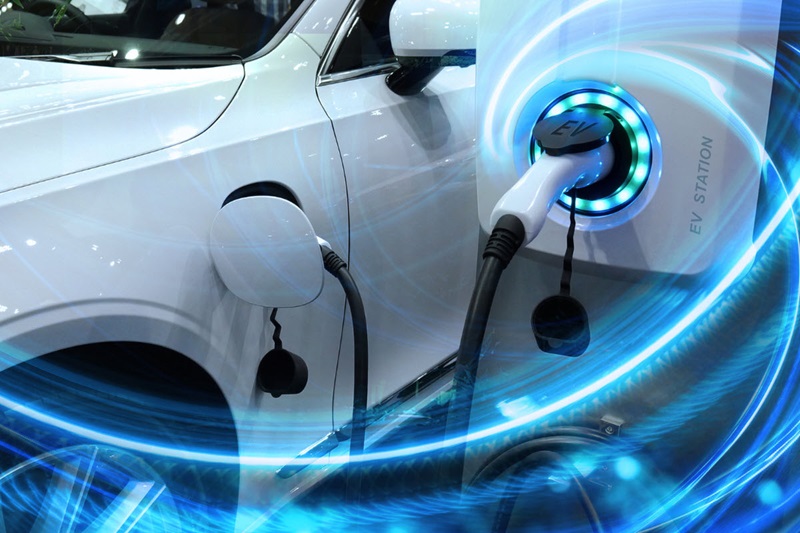The electric vehicle (EV) boom is coming. More than 807,100 fully electric vehicles were sold in the U.S. in 2022, according to Kelley Blue Book. That's 5.8% of all vehicles sold, up from 3.2% in 2021. Although they currently represent only 5% of the U.S. vehicle market, their numbers are expanding quickly.
EV-driving workers, tenants and visitors will need charging stations. Is your building ready to accommodate them? According to U.S. Department of Energy survey data, only a small percentage of commercial buildings have EV charging infrastructure, though that number is growing.
Benefits of EV charging stations
Public charging stations aren't just a perk for EV drivers. They can help your organization.
- Bring in more customers. Charging stations entice EV-driving customers to visit your location, stay longer and spend more money. They also make your organization stand out as environmentally friendly.
- Attract new tenants. For building owners, charging stations are a great enticement for potential tenants, especially service businesses and those looking to add perks for workers or visitors.
- Generate revenue. There are various ways your organization can collect revenue for charging, such as subscription-based, pay-per-charge and pay-for-parking systems.
Plan for charging infrastructure installation
Although every facility is different, the following steps are part of any successful installation process.
- Analyze data to predict demand. Use available statistics and information from your state’s department of transportation to predict EV charging demand. This could include the EV penetration rate in your area by vehicle registration type, local demographics and existing traffic and parking patterns in your locality or property.
- Determine the best location. Assess your overall property and physical parking layout when determining the number and location of charging stations. Talk to your utility and electrician to evaluate the necessary electrical infrastructure and costs. Consider local building codes and Americans with Disabilities Act regulations.
- Select charger type. Level 2 charging stations and DC Fast Chargers, also known as Level 3, are typical in commercial applications. The slower Level 2 charging stations are well suited for locations where guests will stay for extended periods of time. DC Fast Chargers are much faster and better suited for locations where guests need a full charge in a short time.
- Plan for installation. Work with your utility and electrician to determine infrastructure and installation needs. Investigate any permitting and fee requirements. Review features on charging stations such as cellular and internet connectivity. Consider station infrastructure needs like lighting, signage and security cameras.
- Build for future accommodations and capacity expansion. Put conduit and other equipment in place to easily install more charging stations in the future.
Installing EV charging infrastructure is a complex process involving many moving parts. Work with an experienced contractor. The National Electrical Contractors Association provides a database you can search for contractors that specialize in charging stations.
Financing options
Federal tax credits up to 30% of installation costs of eligible EV charging station infrastructure are available up to $100,000.
Look for state and local incentives in your area to reduce the cost of installation. By taking steps now, you'll ensure your building is ready for the EV future.
Learn more about EVs and charging stations for your business.

